Inbound and outbound marketing are exact opposites. Inbound marketing is the process of attracting customers in through the content on your website, social media accounts, and various SEO tactics. Outbound marketing is the more traditional marketing approach, it combines commercials, print ads, cold calling, and even sometimes, email blasts. Let’s break down each a little bit further and weigh out the pros and cons.
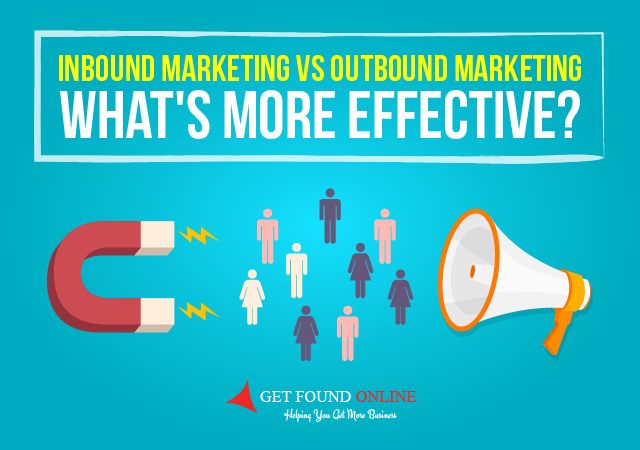
Inbound Marketing
These can be businesses as a whole: content, messaging, copywriting, design, web design, social media, web analytics, SEO, paid advertising and so much more. The key is creating value for the customer and continuously optimizing these so that you are always one step ahead of the competition. This sounds very structured and very academic. However, at its core, it is a science of how you move prospects through the sales funnel and convert them to your customers. It sounds a lot like one of the movies I’ve seen, Like Crazy (a cool movie). The movie follows two characters on their paths to be together. Each time one of them meets the other, they turn into carbon copies of each other. In the end, it’s a cute story, but I would suggest this movie for a different purpose.
The benefits of inbound marketing
Inbound marketing brings in new customers by directing them to the various stages of conversion, and helping them find what they’re looking for. Inbound marketing is a user-focused method of marketing. If you run an online business, you will benefit from inbound marketing the most. Inbound marketing has the ability to help build the trust of your customer and create a positive experience for them when they visit your website. There’s no one-size-fits-all definition of what inbound marketing entails, but in my mind, it boils down to the following: Source: Dyer Consultancy Getting noticed. Inbound marketing allows you to increase your website’s traffic on a regular basis. For example, if you have a blog and write a new post every now and then, people will keep coming back.
The drawbacks of inbound marketing
Outbound marketing has always been the traditionally used marketing method, but it’s slowly losing ground to inbound marketing. Not only has the stigma of outbound marketing increased over time, but the sheer volume of marketing tactics that are out there have made it much easier for inbound marketing to win out. Instead of relying on a bunch of traditional tactics, inbound marketing relies on a lot of organic traffic. The biggest drawback to this is that it will take time to generate traffic. Most businesses aren’t comfortable spending a lot of money on marketing and then having it disappear after a short amount of time. It’s because of this, that many businesses find inbound marketing to be much more economical and effective for their brand.
Outbound Marketing
Inbound Marketing Outbound marketing is reaching out to customers or customers from your industry and trying to find them. It’s where traditional marketing falls apart because it relies too heavily on direct contact with a customer, it relies on phone calls, television, radio, direct mail or even the mail. Inbound Marketing As the name implies, inbound marketing requires you to find people with a lead and create a successful process of converting leads into customers. You will still want to depend on the basics like online traffic or email follow up. Outbound Marketing The biggest downfall of outbound marketing is that you rely too heavily on traditional forms of marketing.
The benefits of outbound marketing
You can send out advertisements on a wider scale than you can with inbound marketing. You can increase your brand’s presence. You can make money from advertisements. The list goes on. The benefits of inbound marketing These tactics can be scaled and work even better for small business owners. The website works for any user. You can have more control over the amount of traffic your site receives. The site may offer more search engine traffic. The company itself can decide what strategy to use. There are fewer steps involved in the process of sending out your own ads and it’s easier to improve upon the marketing strategy.
The drawbacks of outbound marketing
Over-saturation of your mailing list Not creative Branding takes a backseat Many companies use these strategies to sell their products or services. However, not all brands have the budget to go this route. A less costly alternative to outbound marketing is inbound marketing. Inbound marketing gives you a whole new opportunity to reach your audience. However, it comes with a hefty price tag. A cost-effective way to run an inbound marketing campaign is to do it all yourself. For instance, you may decide to do a social media campaign where you create your own content, post it to your social profiles, and drive traffic to your website from these. This could be a good option for small businesses and startups that do not have the resources for an inbound marketing team.
conclusion
Inbound Marketing for beginners: Inbound marketing will give you a way to grow your traffic organically. It’s generally considered the more ‘canned’ way to approach any marketing campaign. Inbound marketing will give you a way to grow your traffic organically. It’s generally considered the more ‘canned’ way to approach any marketing campaign. Inbound marketing will keep you from having to hire people to do things for you. The majority of time your business will be your work, and you won’t have to worry about having somebody sit at a desk somewhere and check out what is being created for your website. The majority of time your business will be your work, and you won’t have to worry about having somebody sit at a desk somewhere and check out what is being created for your website.

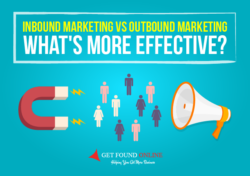


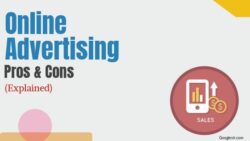


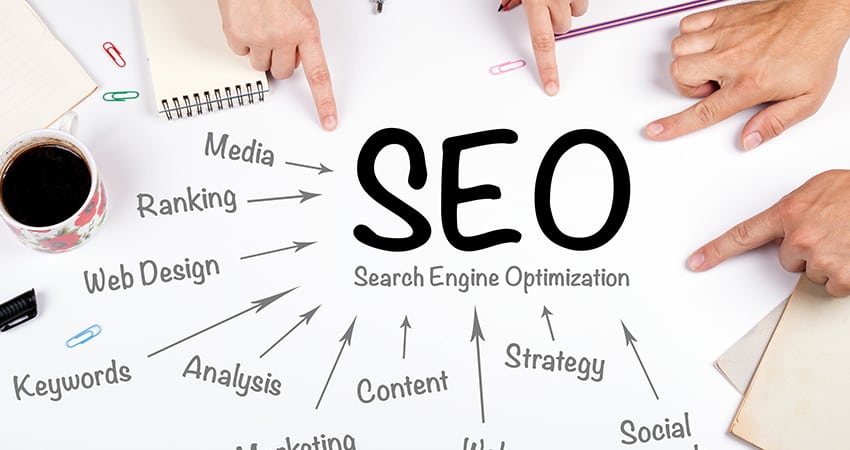
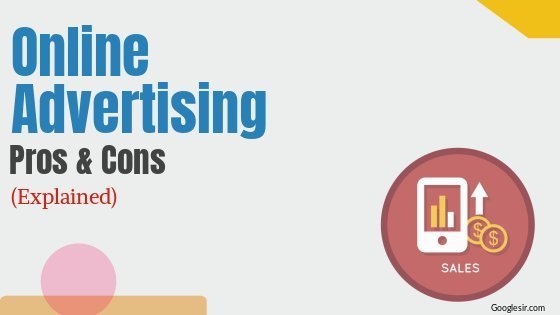
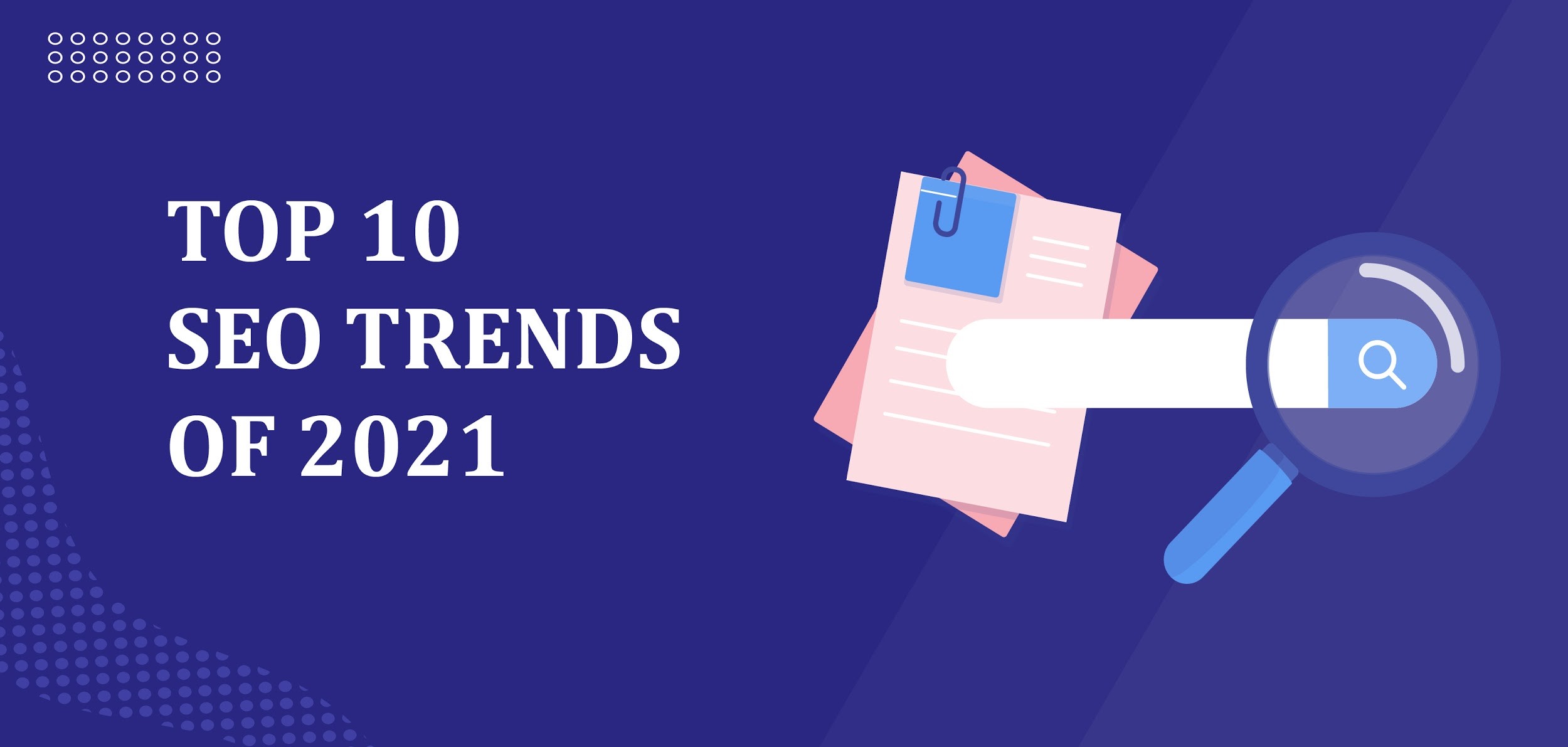
Add Comment